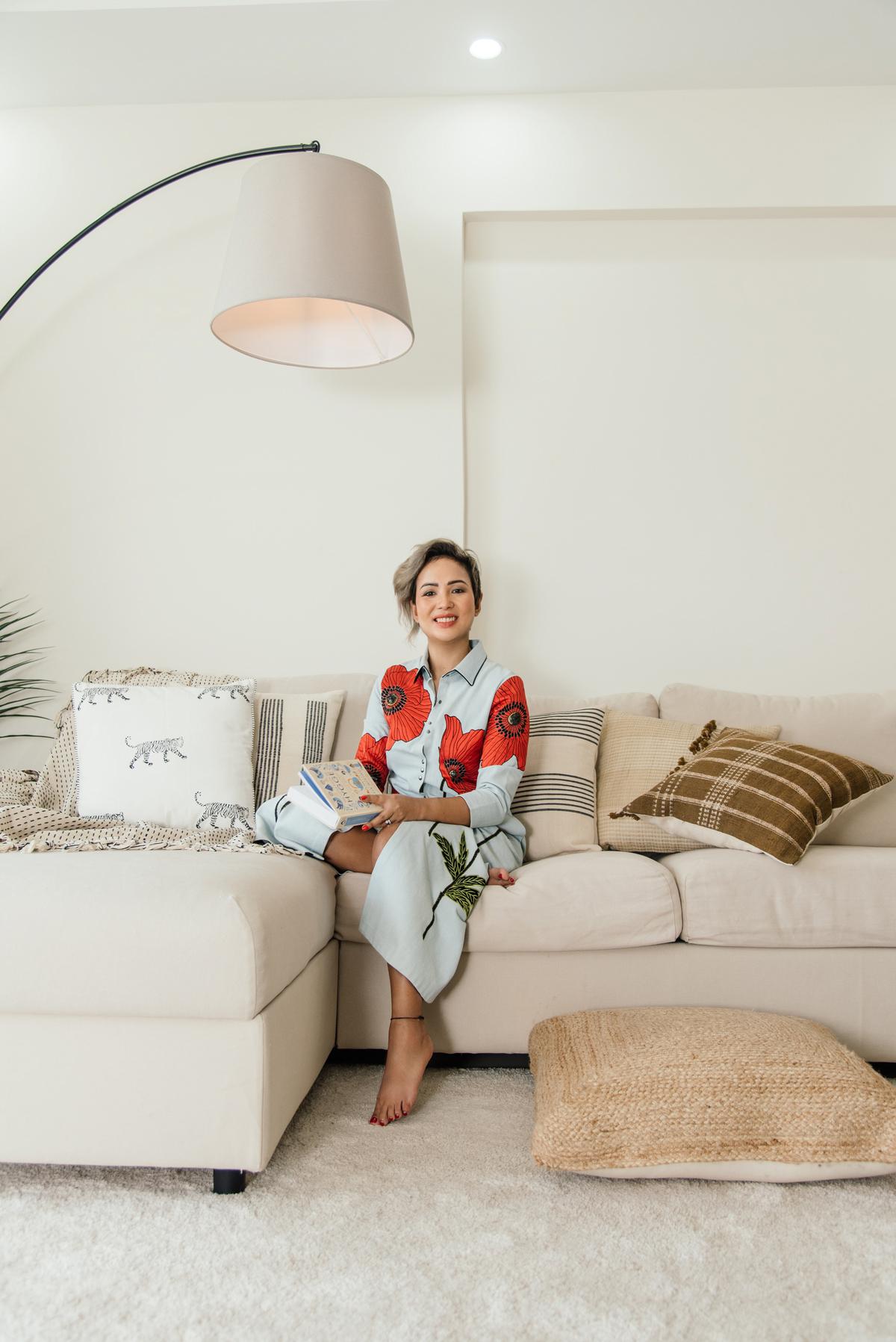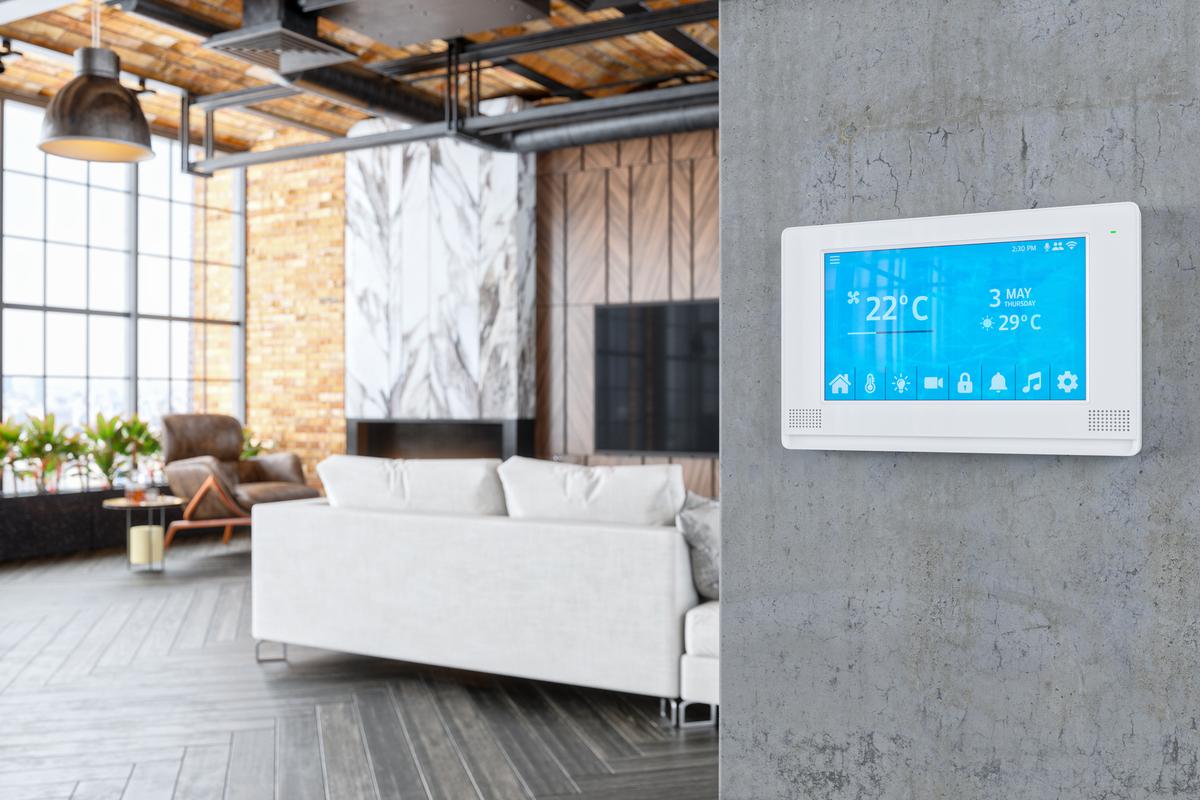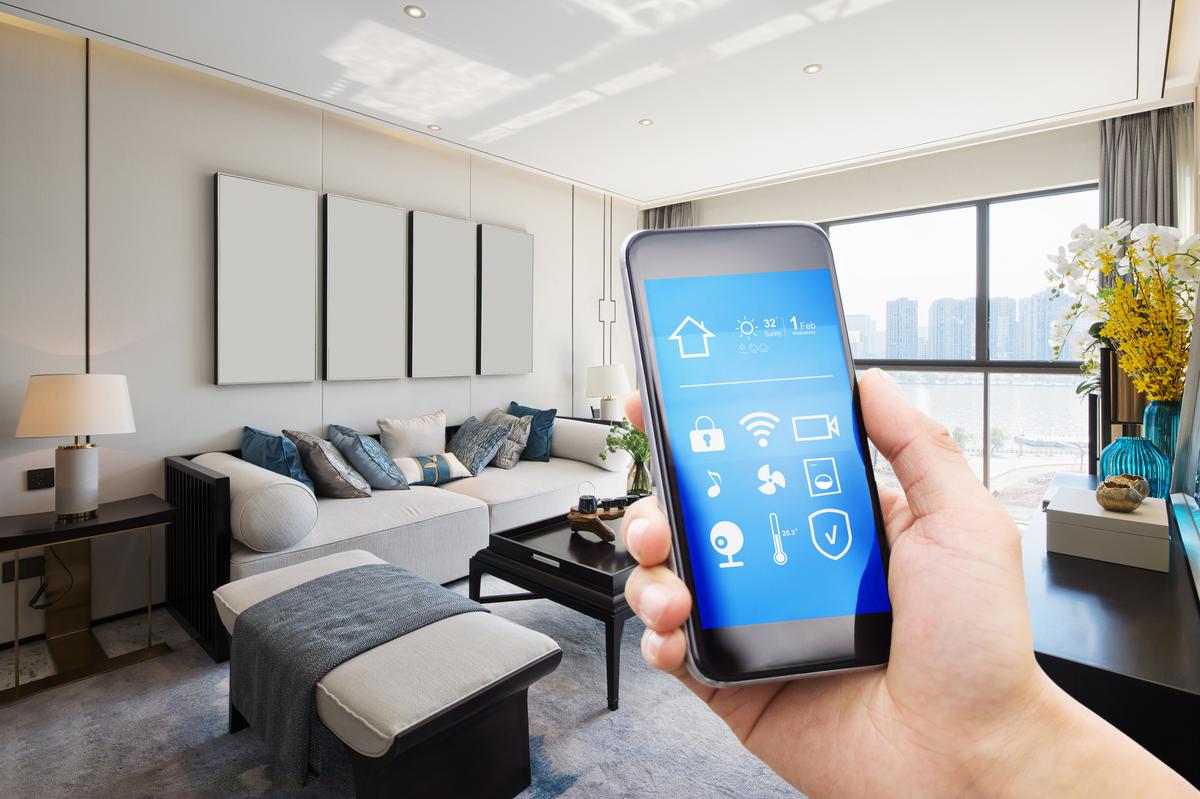A new breed of young millennials and older Gen Zs are buying homes and it looks like they’re coming well prepared. The Swiggy-Uber-Instagram generation is not only anticipating their future needs for a home, but they are also educating themselves about home buying, best interest rates and ideal neighbours. Powered by technology, they use social media to their advantage and keep an eye out for clean over-the-counter deals and sustainable living amenities. They are happy to move to the peripheral areas of metros to afford bigger and better places. Quality of life, access to amenities and space to work from home are central concerns.
A home for Neelu Thapa
A house is something that one yearns for and earns. It was no different for 34-year-old social media influencer Neelu Thapa, who is known for her provocative Instagram handle Big Hair Loud Mouth. A native of Darjeeling, Thapa stayed back in Bengaluru after her college to make the city her home. 15 years later in 2020, she took the bold step of investing a good chunk of her savings in her dream home. “The thought of buying a house never crossed my mind until COVID happened. At that time I was feeling insecure, and I felt that I needed a roof over my head so that no landlord could kick me out.” Thapa deliberately stayed away from the central part of the city, which is congested. Instead, she bought a 3BHK apartment in a north-facing township 20 minutes from Kammanahalli, an area she feels familiar with.

Neelu Thapa | photo credit: special arrangement
However, the process was difficult. Getting a home loan was not easy as she runs her own firm and priority is given to IT employees. Plus the paperwork and handover from the builder took one and a half years. She designed the apartment to her specific needs, which is now furnished to shoot limited content for her social media, and her extensive wardrobe as a Fashion Influencer. Thapa is proud of her achievement, especially as a woman, having bought and completely designed her own home, complete with statement kitchen. Thapa believes that due to the rise in real estate prices post the pandemic, his generation would prefer to rent rather than buy.
feeling lightheaded
More than smart tech homes, Millennials including Neelu Thapa say they like green spaces, lots of ventilation and light and more open plans. Everyone has specific requirements for working from home based on their profession.
size of property ecosystem
Saurabh Vohra, CEO and founder of ALYF, says, “Millennials especially understand that having space to themselves is very important.” He points to several growing trends.

Saurabh Vohra | photo credit: special arrangement
New job opportunities and employee stock ownership plans have increased wealth creation, and with technology accelerating processes, Millennials consider real estate a prime investment. The younger generation looks for bigger homes with the intention of working from home, preferring 2BHK or 1.5BHK. Millennials desire structured information and pricing, and developers are now investing in doing clean deals, where the cost is clear and no cash is involved. The entire search pattern has changed and, from search and shortlisting, most of the journey to site visit and closure is online. “Overall, the ecosystem is evolving and has become much more structured and streamlined. Cities are also growing to support peripheral areas with better infrastructure development, road and metro connectivity. There is no objection. They come from Tier II cities to settle on the outskirts of Tier 1 cities,” says Vohra.

ANAROCK, a real estate consulting firm, has published studies showing a growing percentage of Gen Z (ages 18-25) and Millennials (26-41) who prefer to buy rather than rent. ANAROCK surveys indicate that 33% of the total property seekers were within the age group of 25-35 years. Hyderabad and Pune had the highest number of property seekers in the age group of 25-35 years at 55% and 45% respectively among all cities including metros. The typical budget ranges from ₹40 lakh to ₹1.5 crore for mid and premium segment properties, and ₹1.5 to ₹2.5 crore for luxury properties.
Anuj Puri | photo credit: special arrangement
Anuj Puri, President, ANAROCK, says, “The developers are well aware of the importance of this new customer segment and go out of their way to accommodate them in every way, rapidly expanding the range of health and lifestyle related features. increasing from. Group.
“They are also paying attention to the needs and aspirations of tech-savvy Millennials by adding more smart home features and an overall tech-enabled environment. The apartments are being configured for home offices and e-schooling rooms. The market is now fully catering to the millennial home buyers, and is doing everything it can to ease their homeowner journey.

room to socialize
The regular office made a hasty exit during and after the pandemic, ushering in work-from-home scenarios with Millennials driving this mindset. Mukul Arora, Principal, DADA & Partners said, “If the airtight 9 to 5 office dies, I don’t really have a problem as an urban designer.” Arora, who was the lead master planner for the award-winning project Godrej Riverhills (a mixed-use waterfront neighborhood in Pune’s Mahalunge), talks about the evolution of urban design.

Mukul Arora | photo credit: special arrangement
“The term ‘cappuccino urbanism’ emerged in the United States in the early 2000s, which refers to city development taking place around coffee shops. Until then, we could separate cities as market, workplace and bedroom communities. -were separating. The city experience is changing once again. There has always been talk of the brick and mortar store dying and the virtual world becoming more important. Still, millennials love socializing and many ‘go-to ‘ places and urban amenities we desire. It’s taken us nearly 100 years to realize that mixed-use is important, and creating highly energetic public spaces attracts diverse users. Millennials enjoy this healthy and inclusive living They care about sustainability and are in sync with these ‘urban’ values,” says Arora.
impressive profit
When ALYF launched Holiday Home Shares in Goa with a budget of ₹13 lakh per share (each apartment had eight shares), their product sold out within two months. 33% of the buyers were Millennials, says Vohra, which is a very encouraging number. “It is a huge influencer category, and they are very well connected. If they buy, their friends and parents will buy. They understand finance, how to manage money and the power of compounding. Most importantly The point is that they can be predicted in the way they think.” Companies should focus on group bookings and streamline finance options as the younger generation is more open to loans and EMIs, says Vohra. “Typically they finance 80% and 20% down payment with home loans of 15 or 20 years.”

He also enjoys working with professionals. Delhi-based architect Anshul Kapoor, 32, is on the verge of completing a family home, where the 28-year-old son is the primary client. “His parents gave him the authority to make all decisions regarding construction, and they gave me complete freedom to design.” While the older generation is particular and seeks multiple opinions, Kapoor says the younger generation takes time in choosing the right architect, but trusts their professional judgement. If the prospect of homeownership sounds daunting to many, perhaps we should let some of these early buyers show us how it’s done.
The author is a brand strategist with a background in design from SAIC and NID.